Amazon’s Drone Dreams Hit Snag as Key Executive Cassidy Exits
Prime Air, Sean Cassidy, the division’s head of safety, flight operations, and regulatory affairs, has reportedly left the company in a significant development within Amazon’s ambitious drone delivery unit.
This departure is noteworthy as Cassidy navigated the complex regulatory landscape for drone delivery services, particularly in liaising with the Federal Aviation Administration (FAA).
Cassidy, a former Alaska Airlines pilot and vice president of the world’s largest pilots union, joined Amazon in 2015. His role was crucial in guiding Prime Air through the intricate process of obtaining FAA approvals, which are vital for expanding Amazon’s drone delivery operations.
Despite his efforts, Amazon founder Jeff Bezos’s vision of a sky filled with delivery drones remains unrealized, lagging behind the initially anticipated timeline.
Amazon received Part 135 certification from the FAA in August 2020, a significant milestone permitting drone-based package deliveries under certain restrictions.
Following this, Amazon announced the commencement of drone delivery tests in select markets in California and Texas. However, the journey since then hasn’t been smooth. Prime Air has faced multiple challenges, including regulatory hurdles, operational setbacks, and difficulty in meeting delivery targets.
Notably, Prime Air was significantly impacted by layoffs in January 2023, part of broader job cuts at Amazon. This development raised questions about the future direction and priorities of Amazon’s drone delivery program. Furthermore, the unit suffered the loss of two essential executives in August, indicating potential internal challenges within Prime Air.
Despite these setbacks, there have been some positive developments. In late October, Amazon cleared a significant regulatory hurdle when the FAA amended restrictions on drone flight operations.
This amendment, a result of Cassidy’s advocacy, now allows Amazon’s drones to fly over roadways and cars when necessary, enhancing the operational flexibility of the delivery service. However, some restrictions, such as prohibitions on flying over assemblies of people and schools during operational hours, remain in place.
Prime Air’s safety record came under scrutiny following a drone crash at Amazon’s test site in Pendleton, Oregon, on November 10. The incident, which resulted in substantial damage to the drone but no injuries, fires, or explosions, is under investigation by the National Transportation Safety Board (NTSB).
This follows a separate emergency landing incident in June at the same site, highlighting the technical challenges and safety considerations inherent in drone delivery operations.
As Amazon navigates these complex waters, the departure of a key executive like Cassidy marks a turning point. It underscores the challenges in balancing innovation with regulatory compliance and operational safety.
As the industry watches, Amazon’s next steps in drone delivery will be closely monitored, both for their technological advancements and their adherence to safety and regulatory standards.


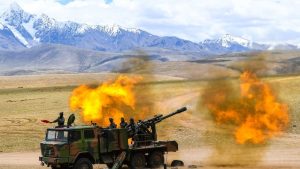
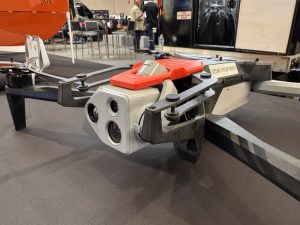
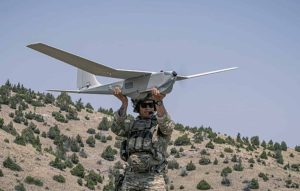


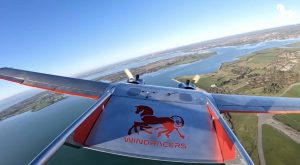
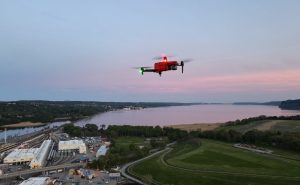
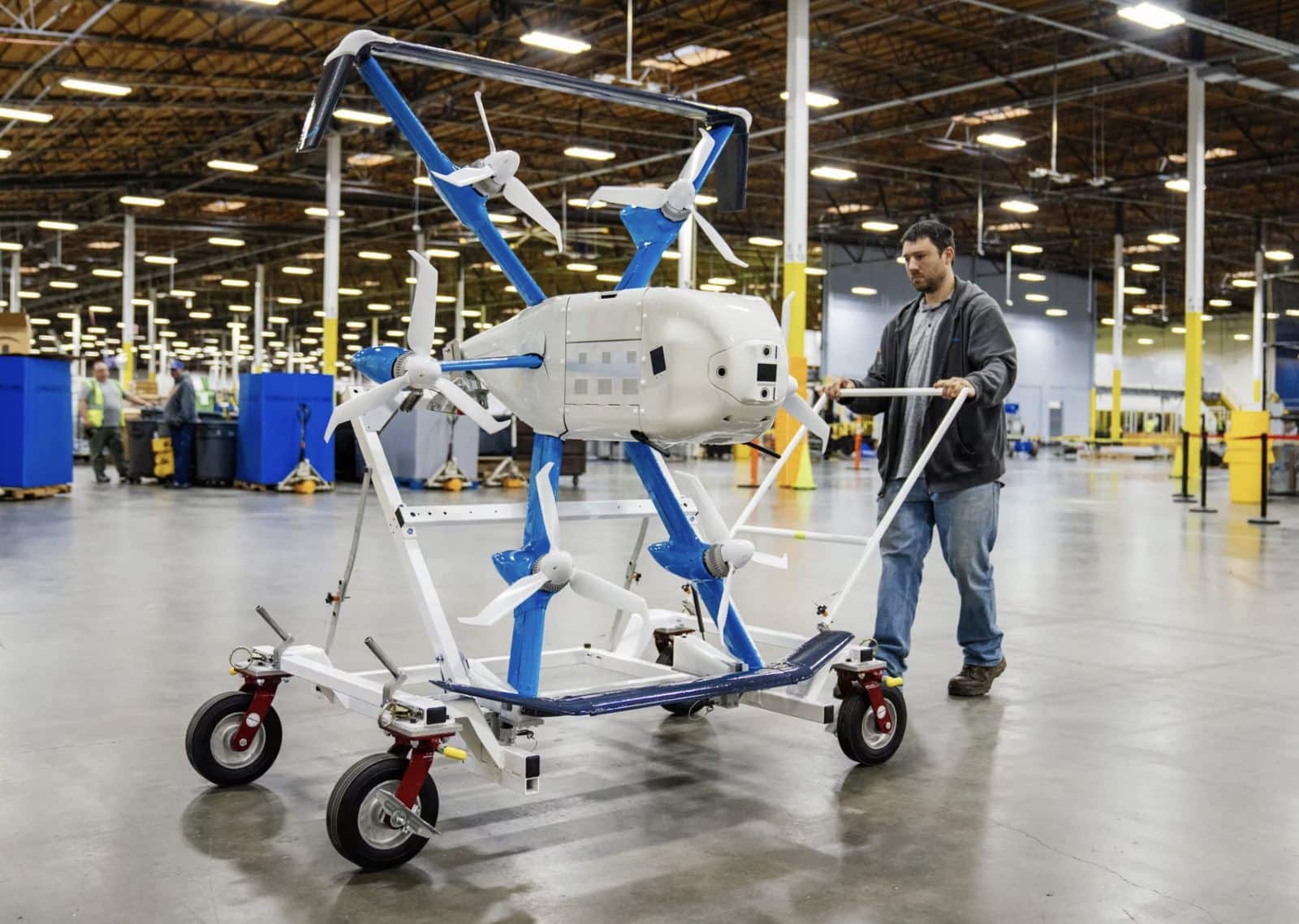



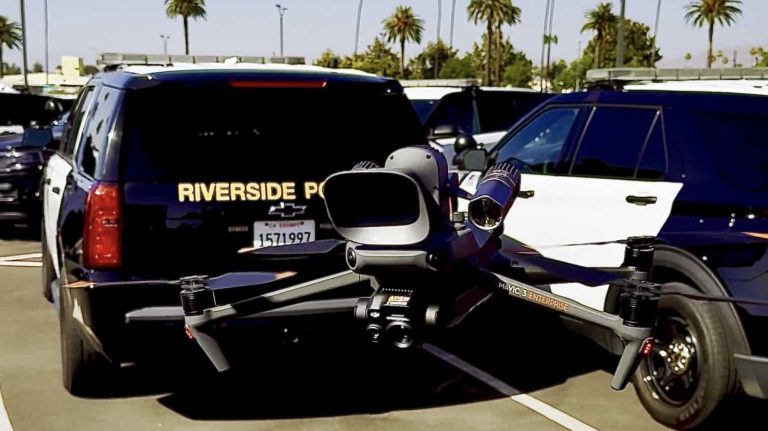
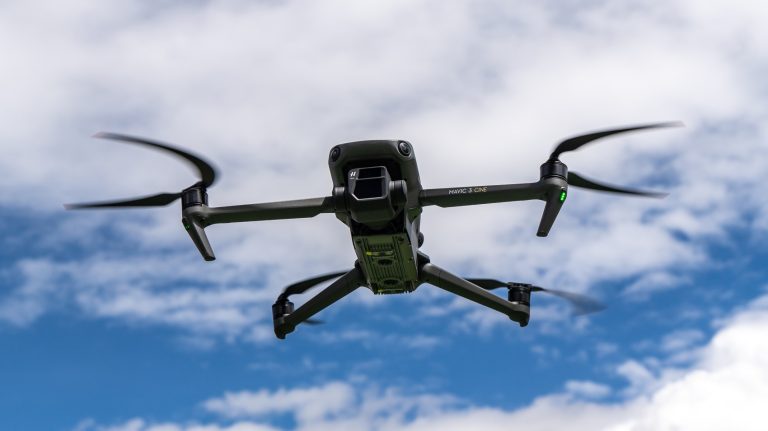
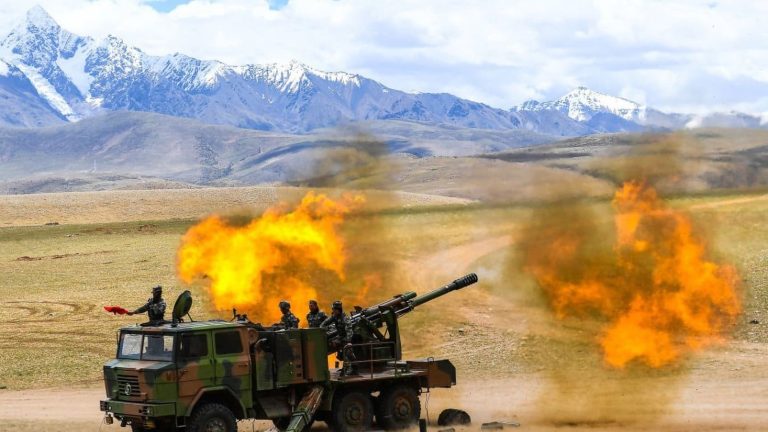


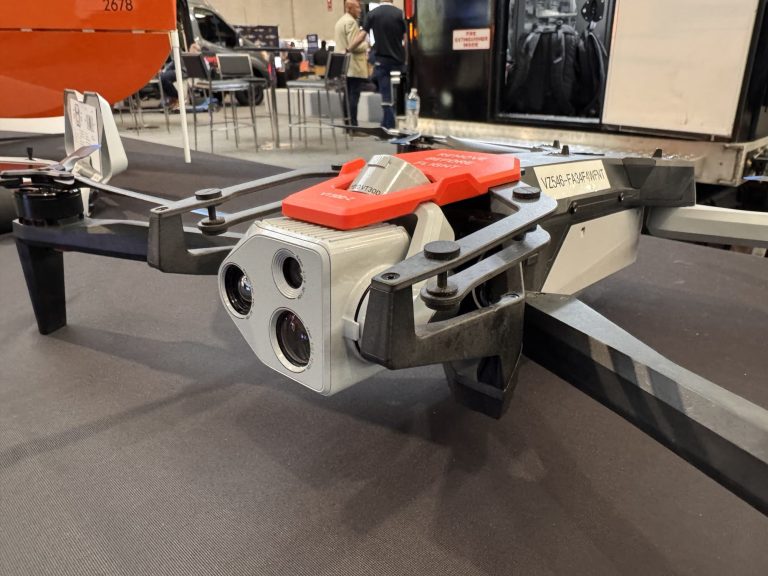
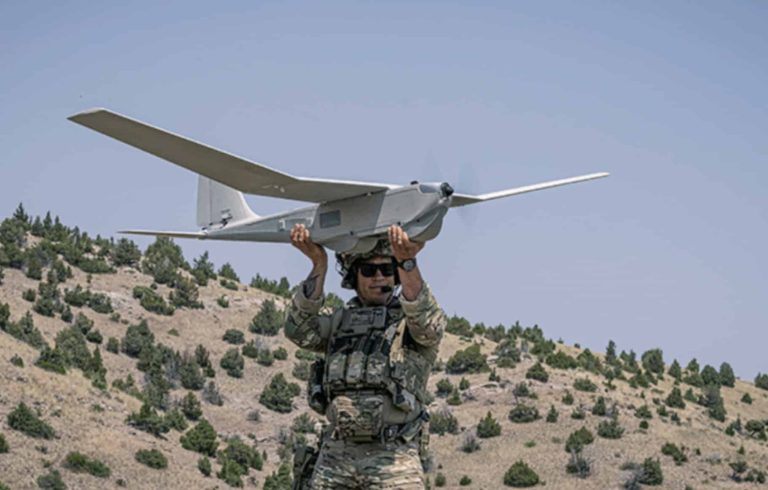

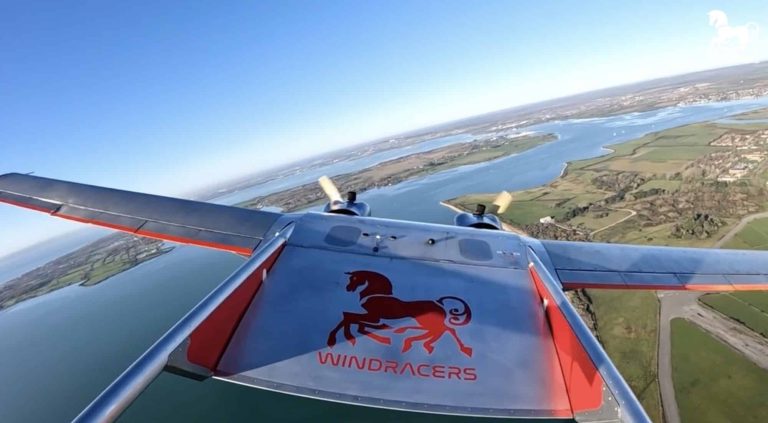
+ There are no comments
Add yours